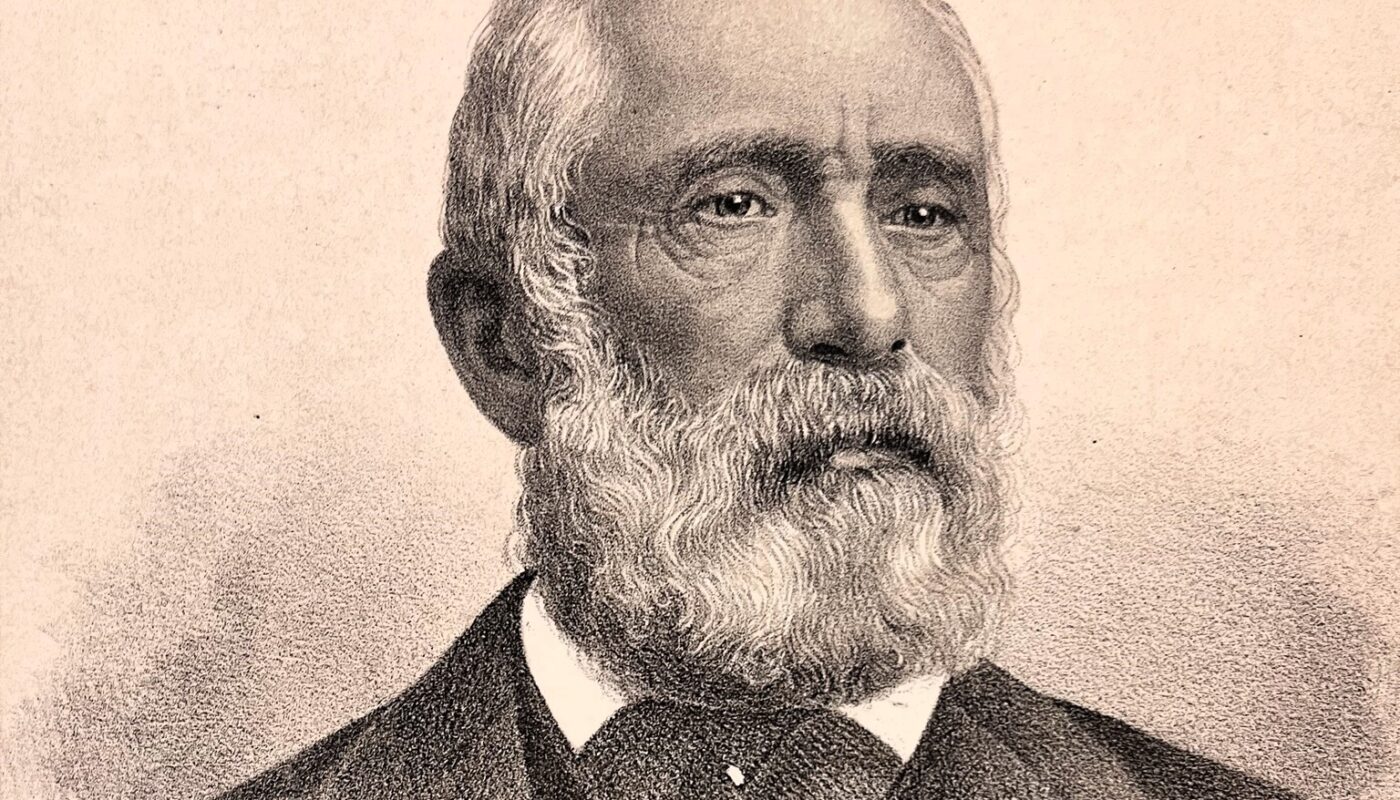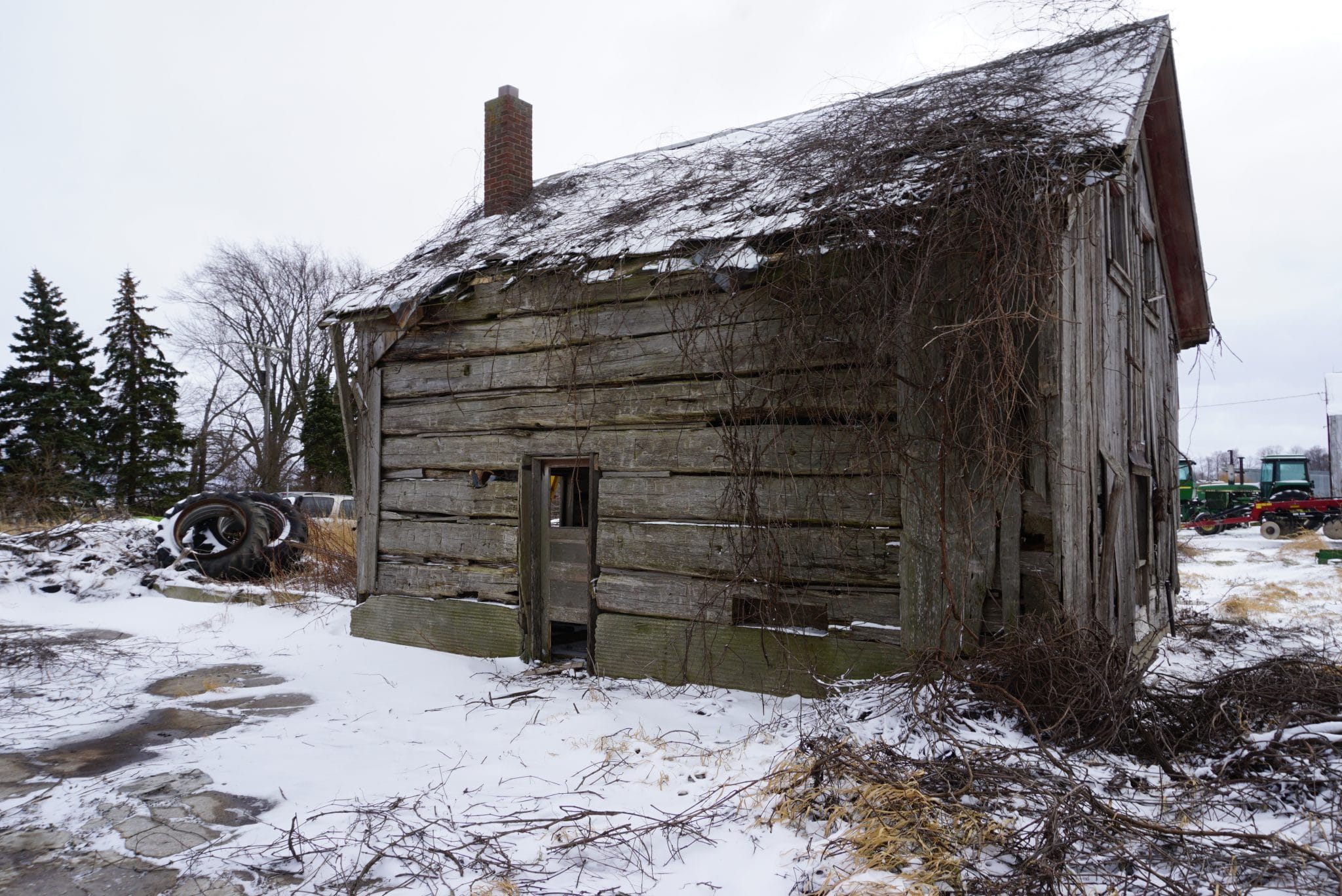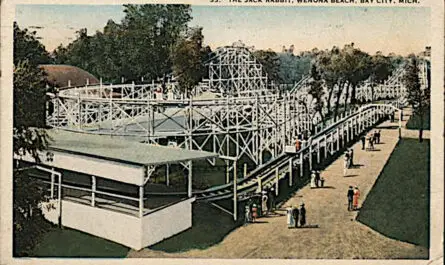The tapestry of American history is woven with the threads of countless individual stories, each contributing to the diverse and rich heritage of the nation. One such thread is the life of Carl Heisterman, a man whose journey from Prussia to Michigan encapsulates an era of immense change and development. His story is about personal achievement and the broader historical contexts of the mid-19th century.
Table of Contents
Early Life and Education

Born on November 5, 1820, in Westphalia, Prussia, Carl Heisterman’s early life was marked by a comprehensive education. He delved into philosophy, medicine, and political economy, reflecting the intellectual vigor of his time. In 1843, he moved to Leipsic (sic: Leipzig), where he served as a translator, bridging the knowledge gap between French medical literature and the English-speaking world. This role underscored the era’s thirst for knowledge and the importance of cross-cultural exchanges in the advancement of science and medicine.
Military Service and the American Dream
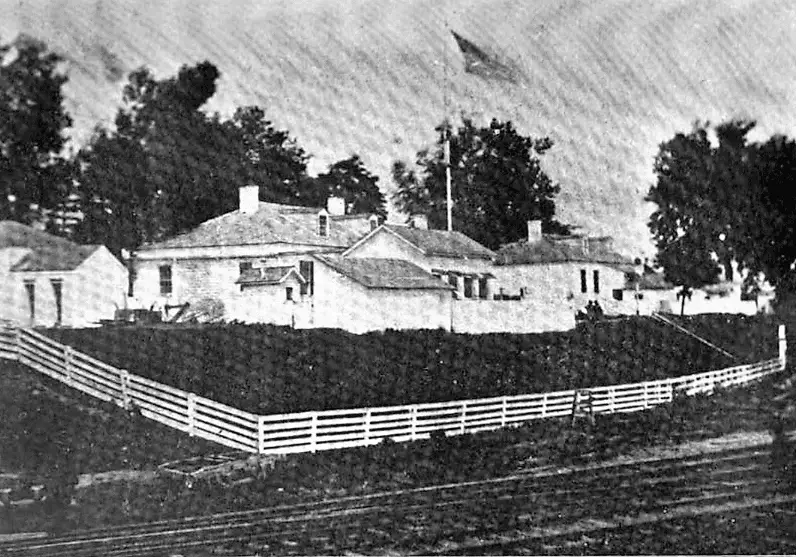
Heisterman’s narrative dramatically turned when he enlisted in the United States Army during the Mexican War. His arrival in Buffalo, NY, in 1846 marked the beginning of his American odyssey. Serving under Captain U.S. Grant at Fort Gratiot, Michigan, Heisterman demonstrated exceptional bravery and skill. His promotion to sergeant and role as a sharpshooter highlighted his military prowess. The most notable episode of his service was at Vera Cruz, where he saved the lives of 20 comrades, a heroic act that exemplifies the valor common among immigrants serving in the American military.
Life in Michigan

Discharged in 1851, Heisterman briefly returned to Buffalo before setting his sights on Huron County, Michigan. His stint operating a ferry between Saginaw and East Saginaw was a prelude to a more significant venture – purchasing Heisterman’s Island in Saginaw Bay. His residence on this island from 1852 to 1883 marks a period of transition from an adventurous young man to a settled pioneer, echoing the broader settlement patterns of the American frontier.
Founded Today‘s Town of Bay Port
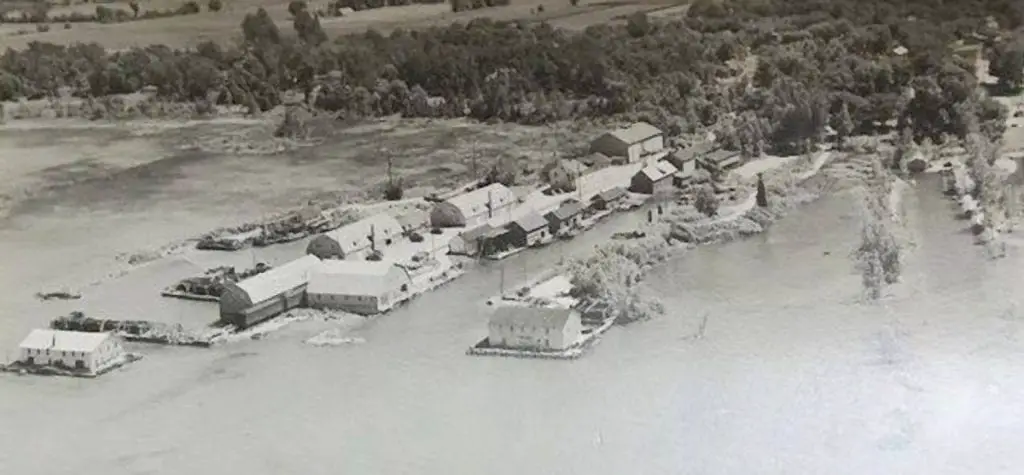
The Bay Port Historical Society recorded that a town was established on Wildfowl Bay, on the west side of Michigan’s Thumb, by Heisterman. In 1851, the town was christened Geneva by its founder, Carl Heisterman. The name was later altered to Switzerland before being changed back to Wildfowl Bay. The community received its final name, Bay Port when the Ora Labora post office was relocated to the shoreline.
Political and Community Engagement
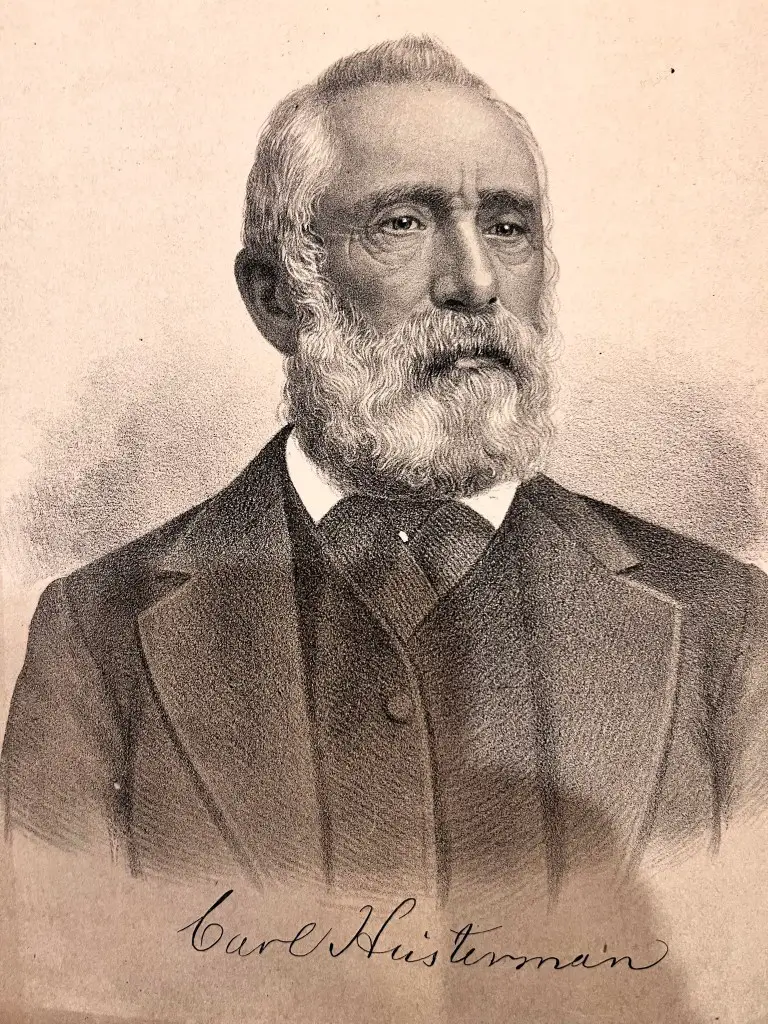
Heisterman’s civic engagement began with his election as a register of deeds in Huron County. His repeated reelections speak to his popularity and the trust placed in him by his community. As the supervisor of Fairhaven Township for 16 years, he was instrumental in shaping the local governance and community development. His election as a State Senator in 1884 further illustrates his deep involvement in Michigan’s political landscape, marking him as a key figure in the region’s history.
Personal Life
Heisterman’s personal life was as rich and varied as his public one. His marriage to Mary Dutcher in 1849 and their life together in Fair Haven Township were intertwined with the area’s development. His interactions with the local Native American population and the occasional missionary visits highlight the diverse cultural interactions that were common in that period in Michigan’s history.
Archaeological Significance of Heisterman Island
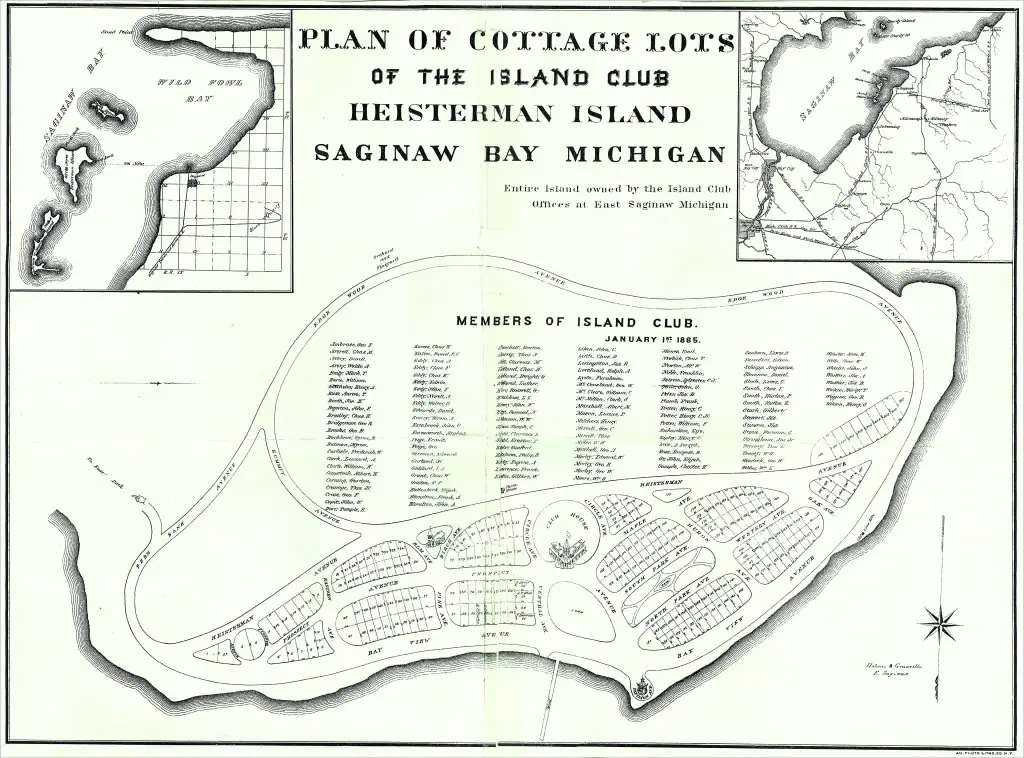
The historical significance of Heisterman Island extends beyond its association with Carl Heisterman. Archaeological findings on the island, including artifacts like arrow points, pottery fragments, and stone implements, indicate a prehistoric village site. These discoveries provide invaluable insights into the region’s early inhabitants and their way of life, adding another layer to Heisterman’s story and the broader narrative of Michigan’s past.
Listen To This Article As A Podcast
Final Thoughts About Carl Heisterman
Carl Heisterman’s life is a microcosm of the 19th-century American experience. His journey from a Prussian translator to a Michigan pioneer encapsulates the themes of immigration, military service, frontier life, and civic engagement. His story is not just a personal biography but a chapter in the larger story of America’s growth and development. As we reflect on his life, we are reminded of the countless individual stories that have shaped the course of this nation’s history.
Endnote: A portrait of Carl Heisterman, accompanying this article, offers a glimpse into the visage of a man whose life was as complex and multifaceted as the era he lived in. One of the holes in this mini-biography is when Carl Heisterman died and was buried. We are unable to locate those records. If you know, please comment below.
Discover more from Thumbwind
Subscribe to get the latest posts sent to your email.

